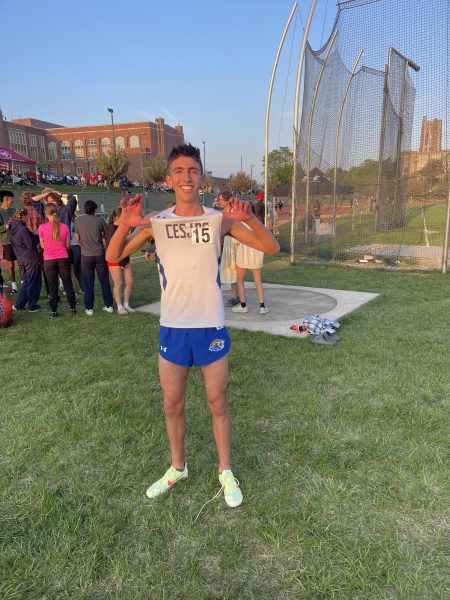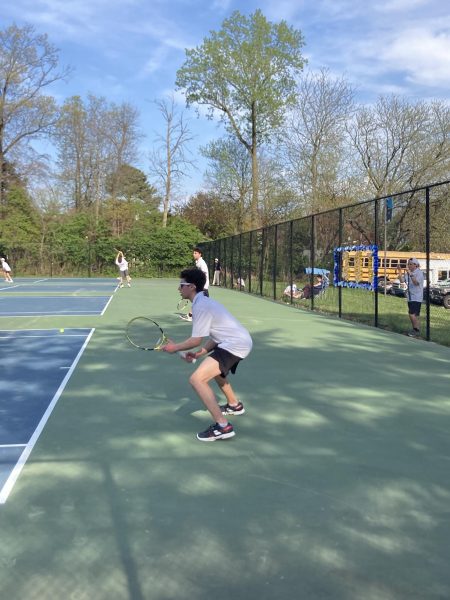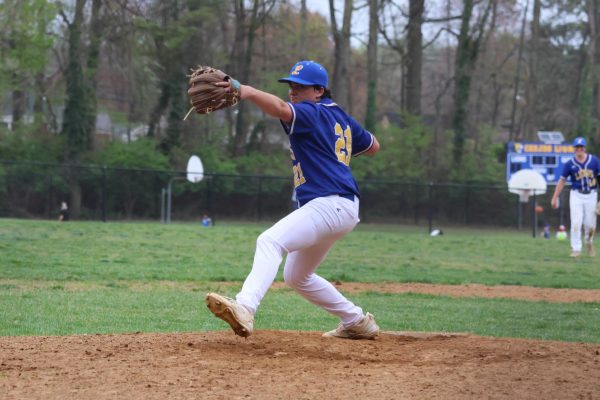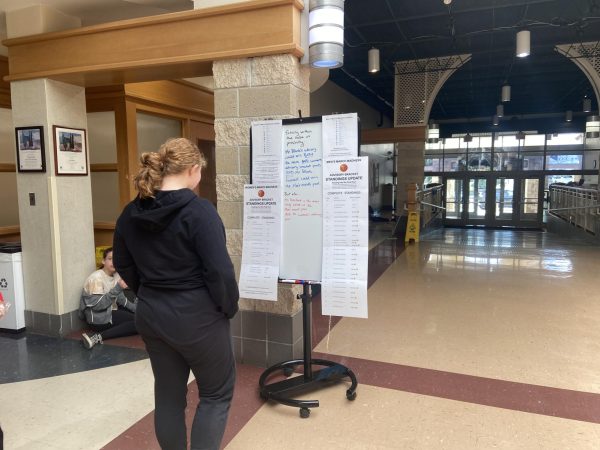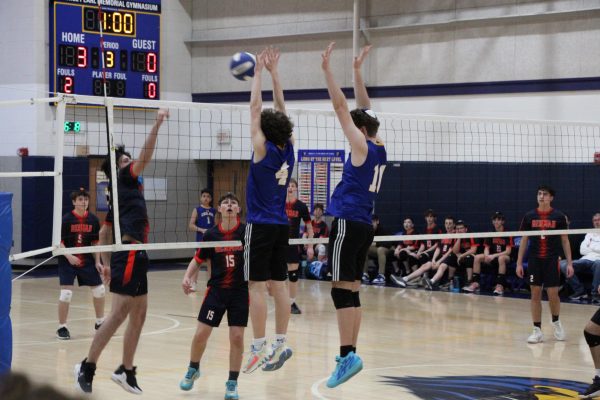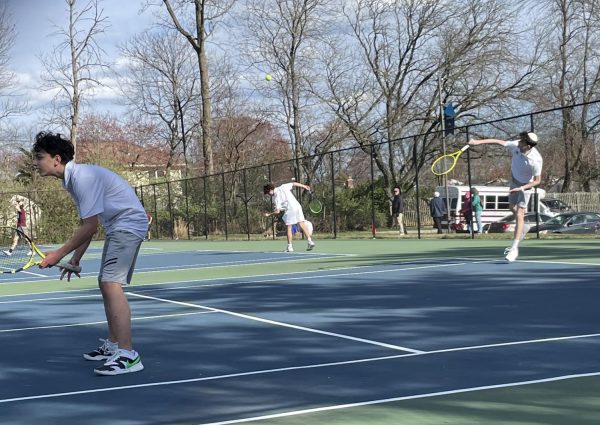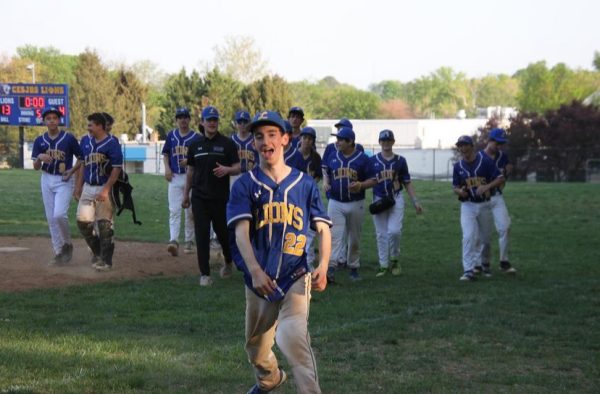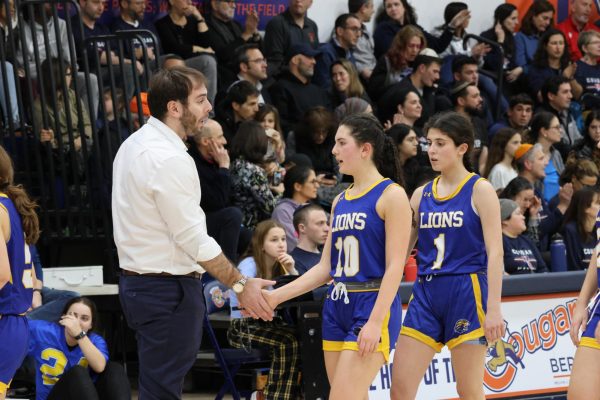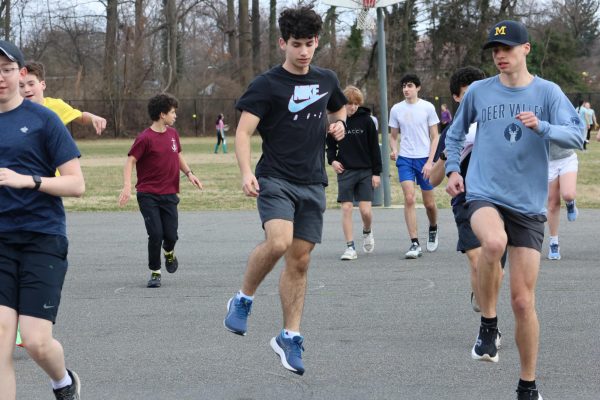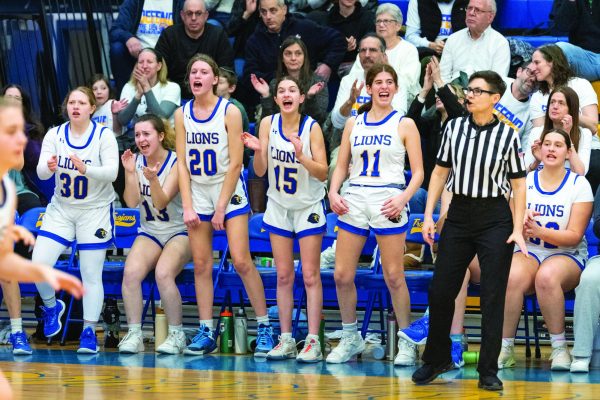Empty stands: Sports teams struggle to draw crowds
There are three important factors to winning a soccer game, sophomore forward Ally Knapp said: “teamwork, heart and motivation.” Senior forward Danielle Bernstein added a fourth: “fans.”
“It gives us more support and more motivation to do well,” Bernstein said.
Yet, according to Brian Westerman, coach of four CESJDS sports teams, attendance at JDS sports games is “just okay.” On Monday, Oct. 16, there were a mere 27 fans at the middles school girls soccer game between JDS and the Washington International School. Westerman said he would like to see a greater turnout because “everybody would benefit if there were more fans.”
At JDS, many faculty and students agree that attendance at sports games is low, but each person’s reasons for the fan deficiency vary. Some argue that it’s about simple logistics: location, convenience and scheduling conflicts. For others though, the explanation is more complex, and touches on sexism on the playing field and a lack of school spirit when it comes to sports.
According to Director of Athletics Mike Riley, JDS student-athletes are a victim of their own success. Approximately 65% of JDS students participate in a team sport at some point during the year, which leaves few students to sit in the stands. Riley added that up to nine different sports events can be scheduled for the same day, creating conflicts and limiting attendance.
Junior Zev Katz suggested a different practical reason for low turnout at sports games. He said attendance correlates with convenience. Katz runs on the cross country team in the fall and track team in the spring, but notices higher attendance in the winter, when he plays for the boys varsity basketball team.
“[Basketball] is more exciting. More people know about it. Running is just not as popular,” Katz said. “[Basketball’s] inside, and people don’t like being outside because it’s either too hot or too cold.”
Katz added that cross country and track meets are never on campus because JDS doesn’t have a track, whereas there are many home basketball games in the gym at JDS.
But for sophomore Josie Levine, a member of the girls varsity soccer team, low turnout is about more than location. Levine said she has noticed more fans on the sidelines of varsity boys soccer games than at girls games.
“I just think it’s sexist,” Levine said. “The guys have a lot more fans, but we have a [better] record.”
Westerman does not see it that way: “There are some games the girls varsity team will have more fans than the boys varsity team or vice versa, so I think it depends on availability and who can make what game.”
For sophomore Mia Pearce, turnout is driven by something entirely different: the social scene. Pearce said that her public school friends bond at sports games, by meeting new people and supporting their friends on the field. She thinks that if the social aspect of games were bigger, there would be stronger turnout.
“Sports aren’t everyone’s thing, but then again, hanging out with friends can be,” Pearce said. “I think that that could be a good way to attract students.”
This story was featured in the Volume 35, Issue 2 edition of The Lion’s Tale, published on Oct. 20, 2017.



